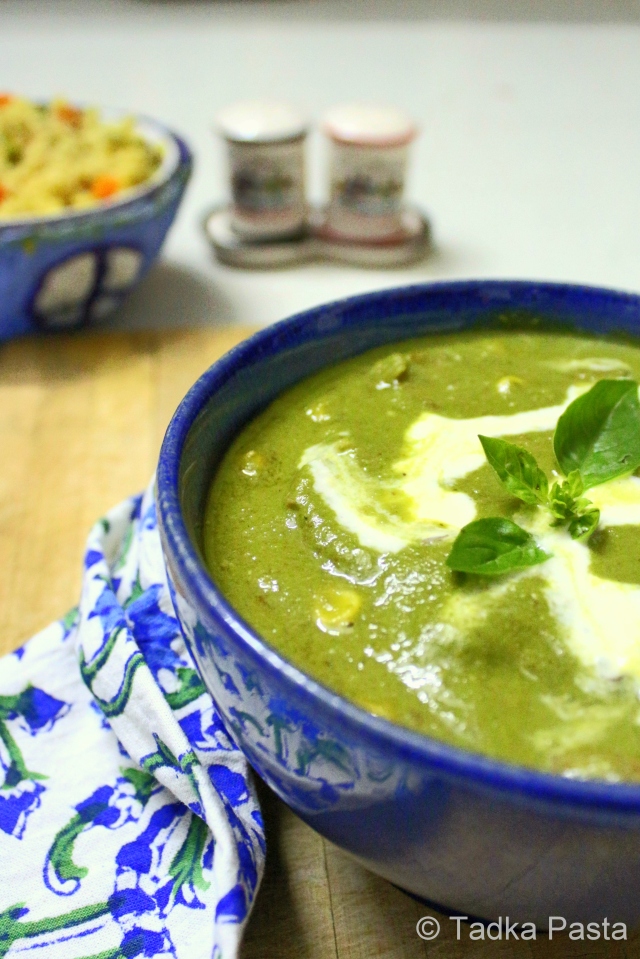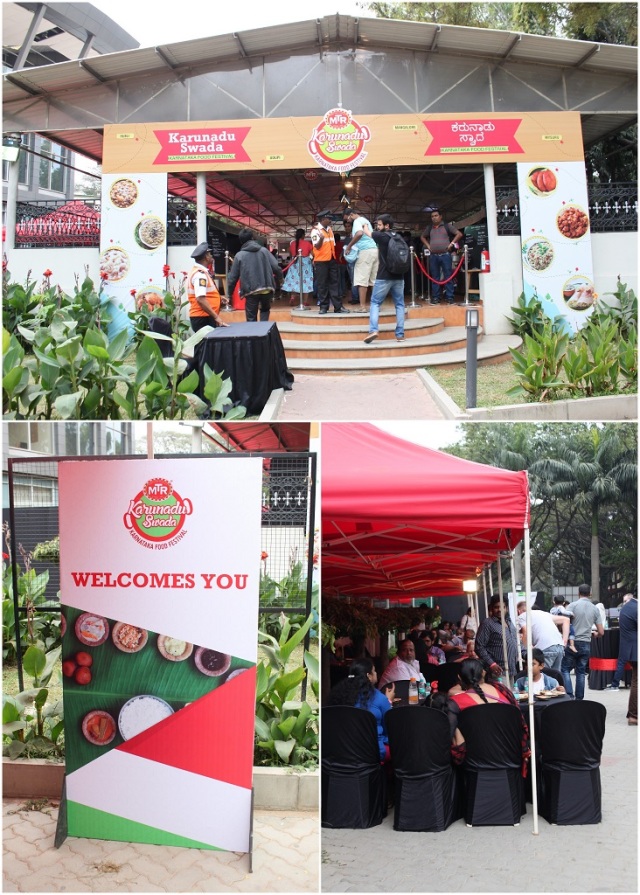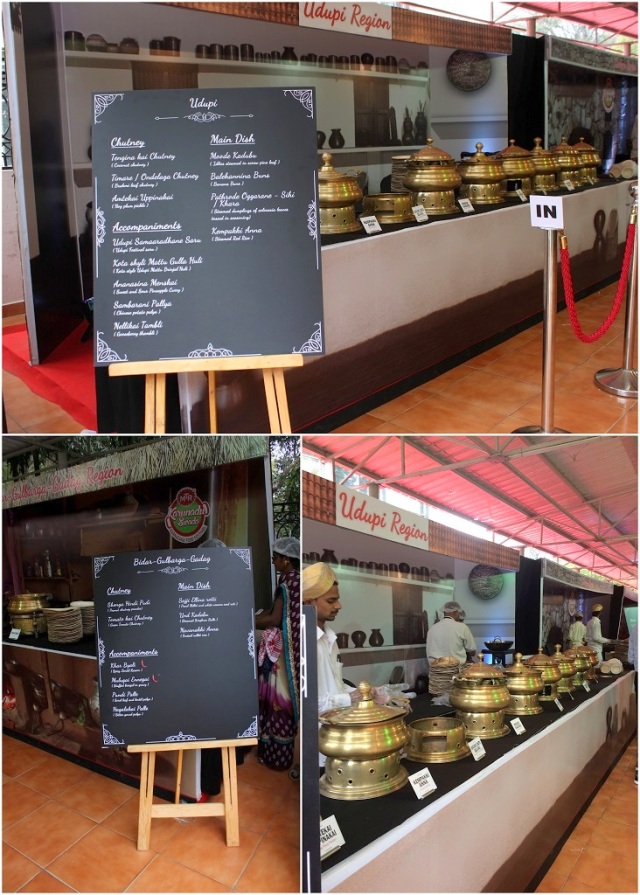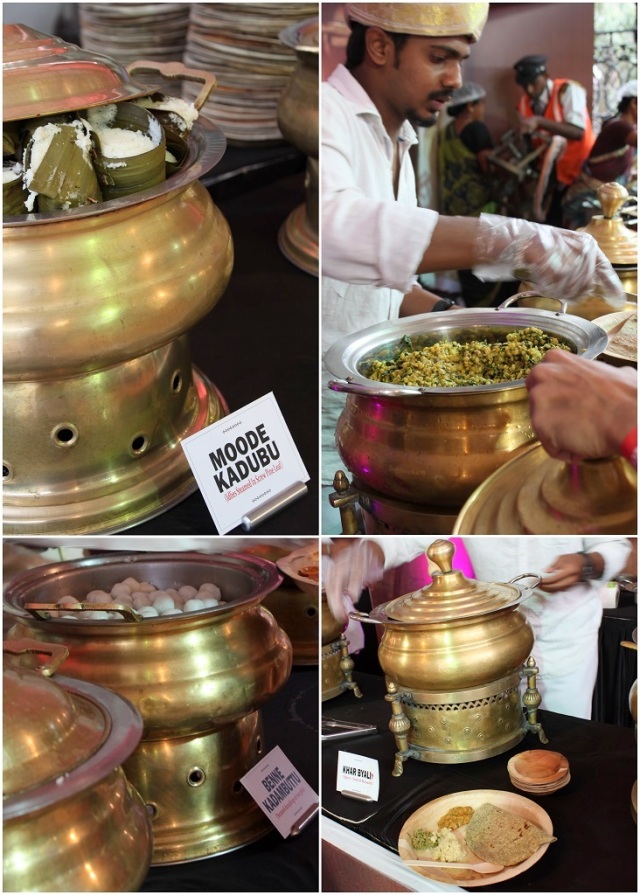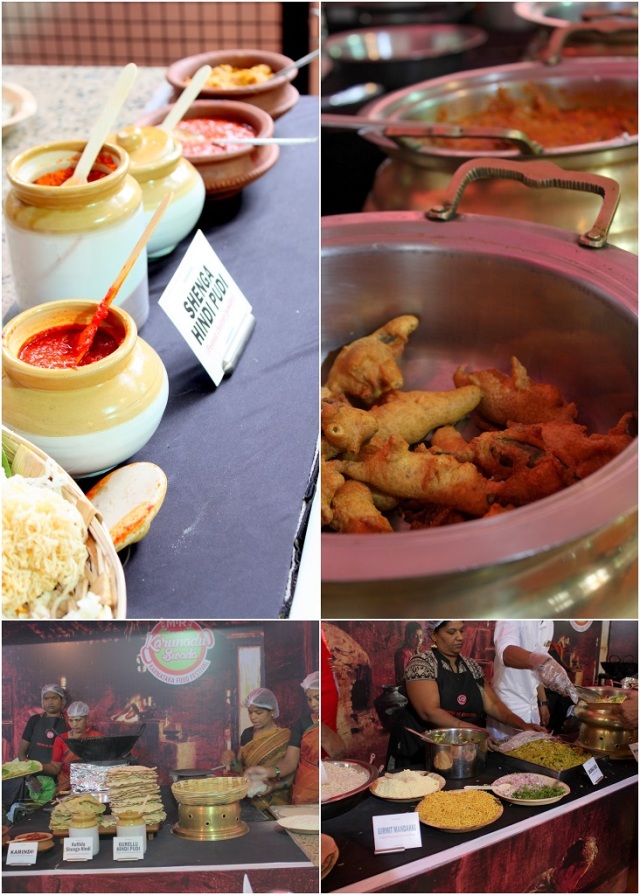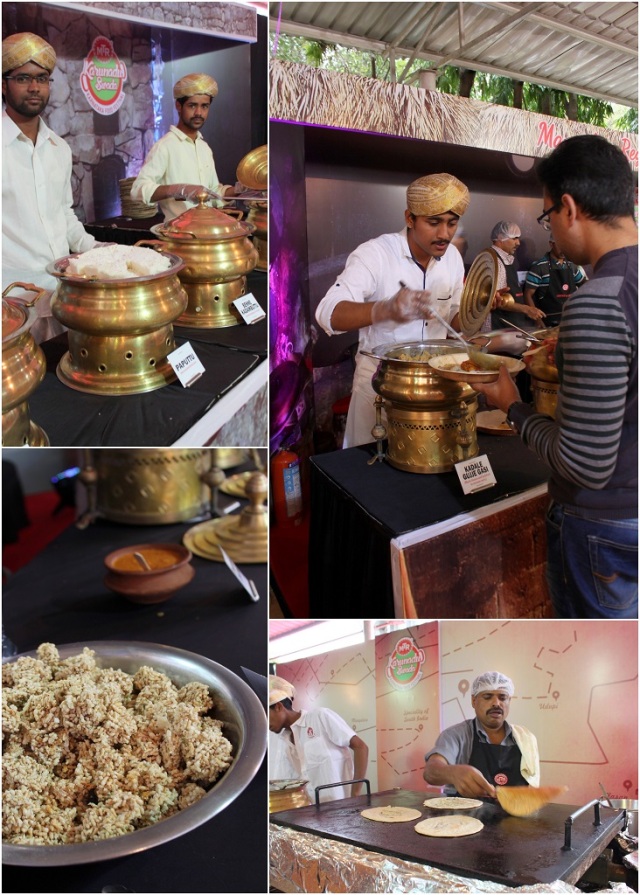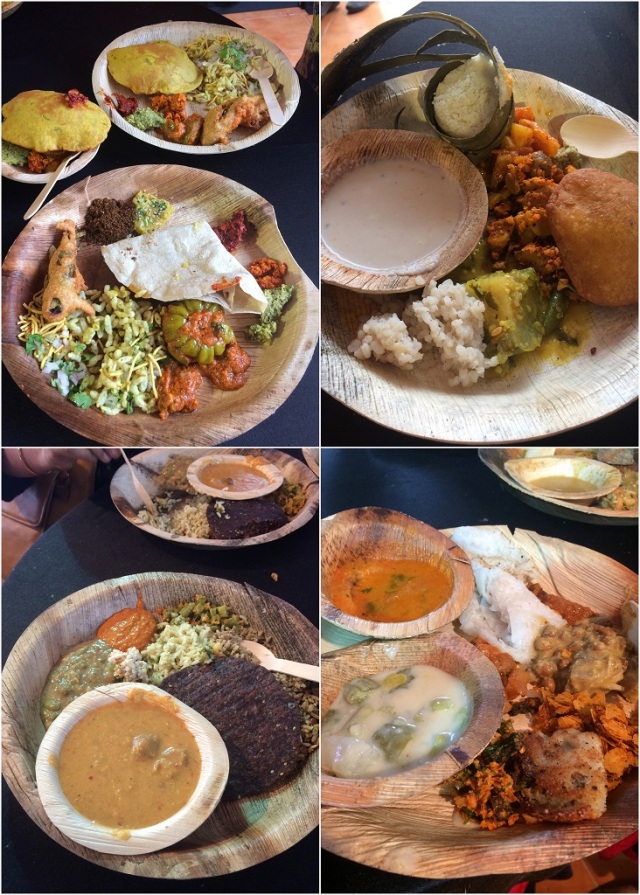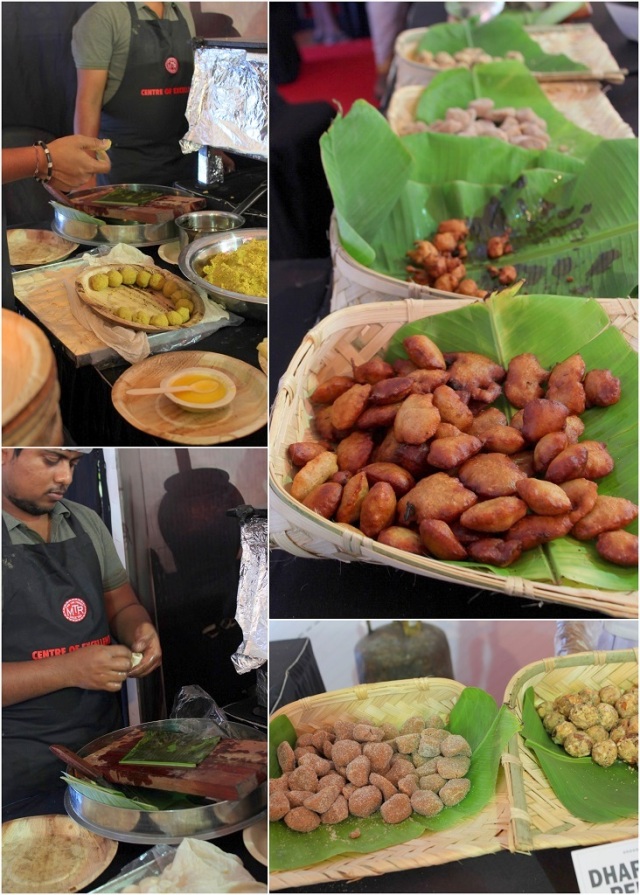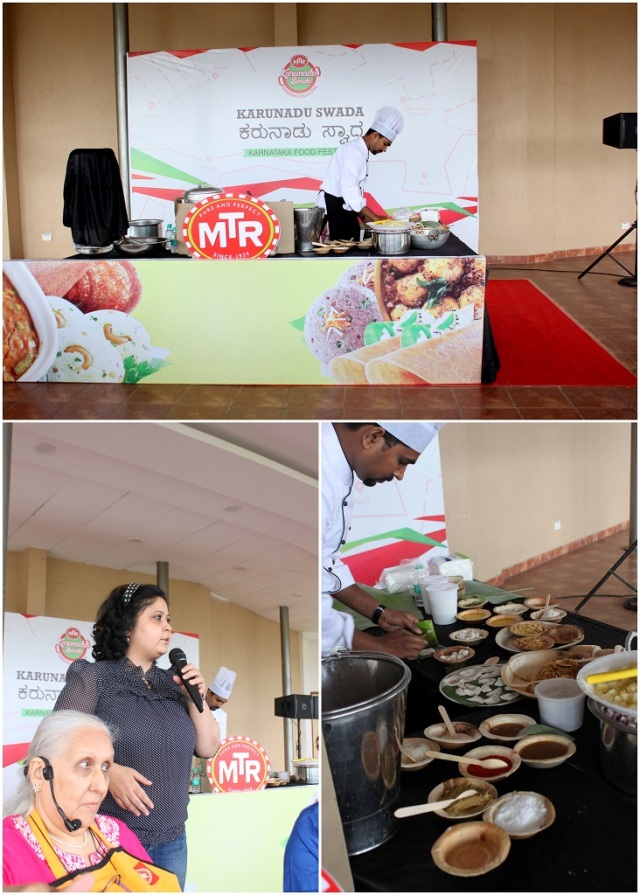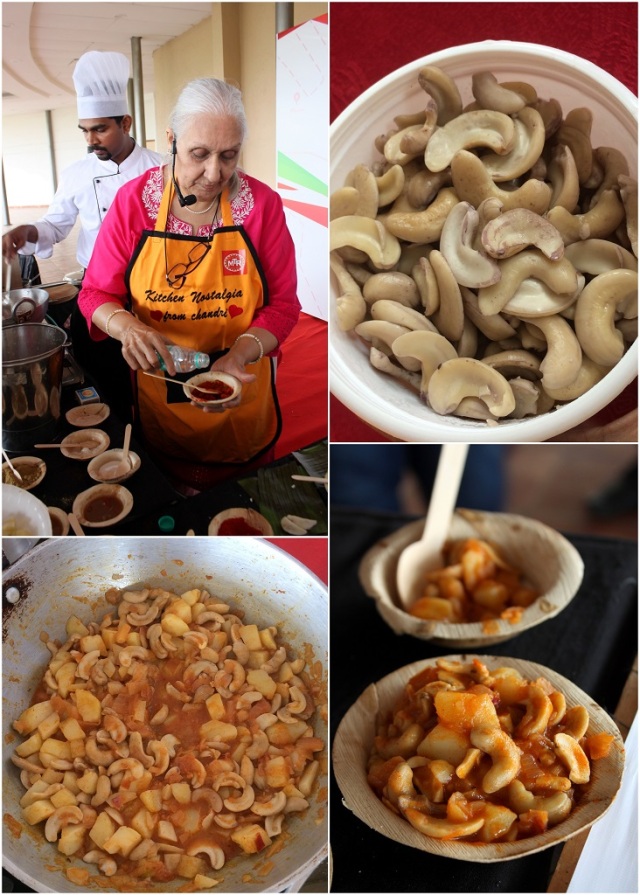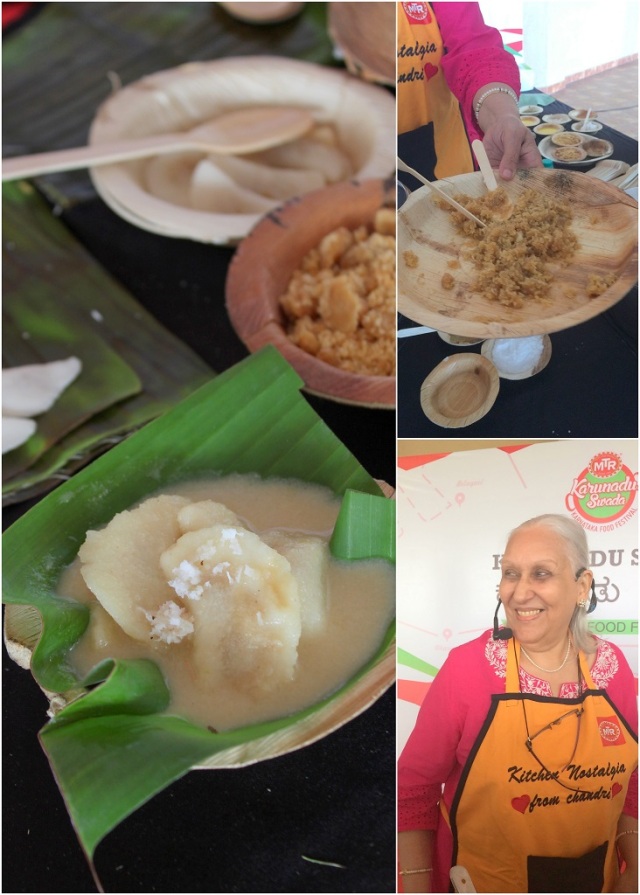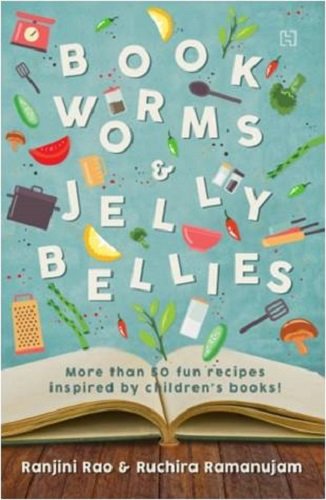*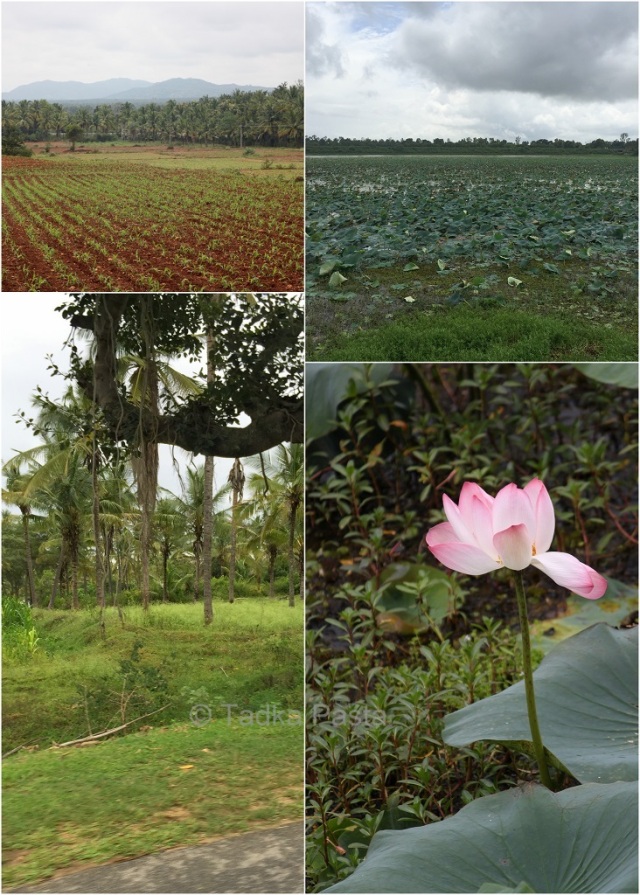
Tucked away in North-west Karnataka, the Malnad region is famous for many things, including its cuisine and, the very well-known Jog Falls. We had been contemplating a monsoon vacation for quite a while, and since the falls are expected to be gushing with the deluge of the rains at this time of the year, it seemed like the perfect weekend for a drizzly road trip.
Driving down from Bangalore, we took the NH 48 Mangalore highway up until Channarayapattana and then NH 206 via Shimoga to Sagar, and finally, the little hilltop town of Kargal. This was a gorgeously scenic route, with banyan tree lined roads, emerald ponds with lotus blossoms peeking out and fluorescent green paddy fields stretched lushly up to the horizon. The trip took us about 9 hours, with three quick pit-stops en route, and plenty of brief halts to soak in the restful pastoral scenes. Since we were unsure of the food options on this route we had packed some pooris, potato masala and tomato chutney for a delicious road-side picnic and found clean restrooms at the Cafe Coffee Day outlets on the highway.
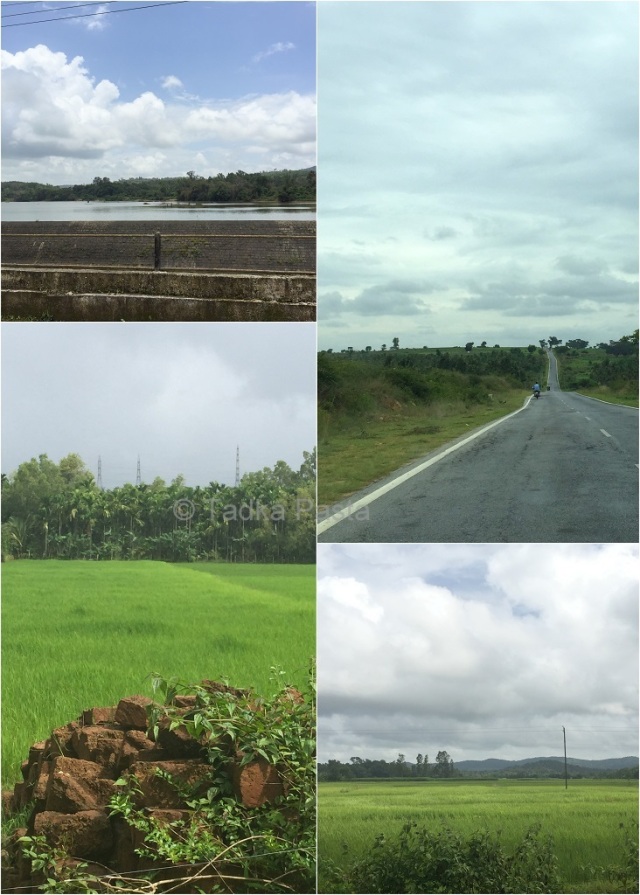
Apparently here has been a significant shortfall in the rainfall in this region this year. However the fields surrounding us could not be greener! The clouds were rolling in on the horizon and a light sprinkling of rain kept us cool all along the long drive.
Though we had planned this trip primarily around Jog falls, the Sharavathi adventure camp where we had stayed turned out to be a fabulous attraction in itself. Even if you don’t make it to Jog Falls, this place has enough to make the trip worth it. Like most Jungle Lodges properties, the location is quite spectacular. The hotel is the only habitation on the massive Talakalale Reservoir that is part of the network of water systems around the falls area. This place is off every grid there is, and there is almost no sign of civilisation visible around. The still waters are invitingly blue, and lush wild undergrowth comes up right upto the serrated banks and dips into it.
Jog Falls are the second highest waterfalls in India and they are located about 6km away from the Sharavathi Adventure Camp. Four gushing silvery streaks and several smaller trickles make up the panorama of the falls, and together they present a stunning picture, though the mist that frequently settles in may have you scrambling to make out that picture clearly! This is one of the iconic and most majestic sights in Karnataka, with the sparkling water falling off steep, craggy rocks and cliffs, and then cascading and thundering madly into the ravine below.
The grandeur of the rocks and the drama of the falls is fascinating enough to soak in for hours! There was earlier a path that one could take to climb down to the base of the falls but this has since been closed down, and you can now only view the scene from a couple of points in the tourist complex situated on the opposite hill.
Our stay at the Sharavathi Camp included a guided trip to the falls, and the guides drove us to another little known viewpoint located next to the government’s PWD guest house. This was a real blessing in the monsoon since our city car would not have made it through the slush on the road to the second viewpoint. Here we were able to see the falls from a different angle, and without the crowds thronging the main viewing area.
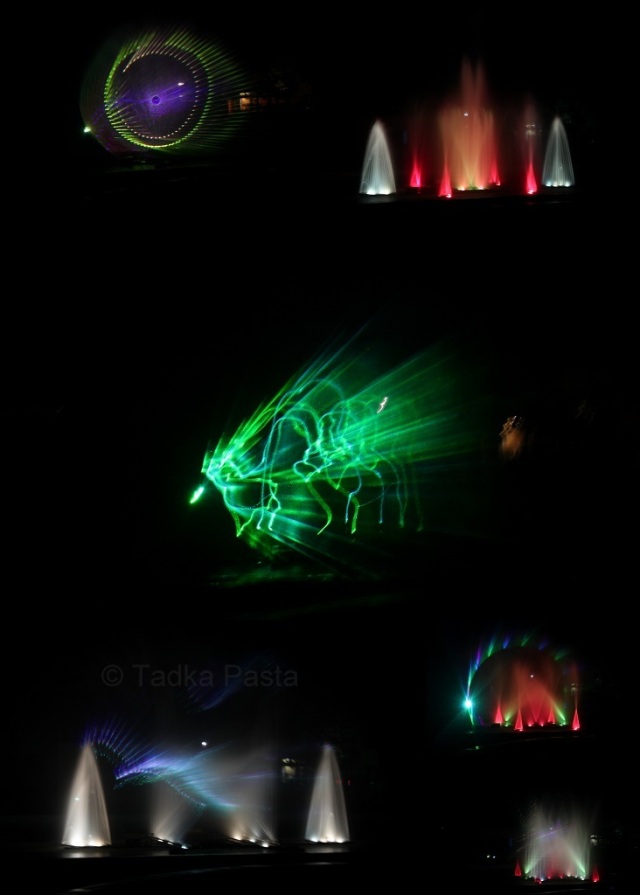
If you want something to do in the evening you can visit the complex at the falls for the laser show that they put on for tourists. This is a pleasant way to spend an hour however driving back in the dark can be a little challenging.
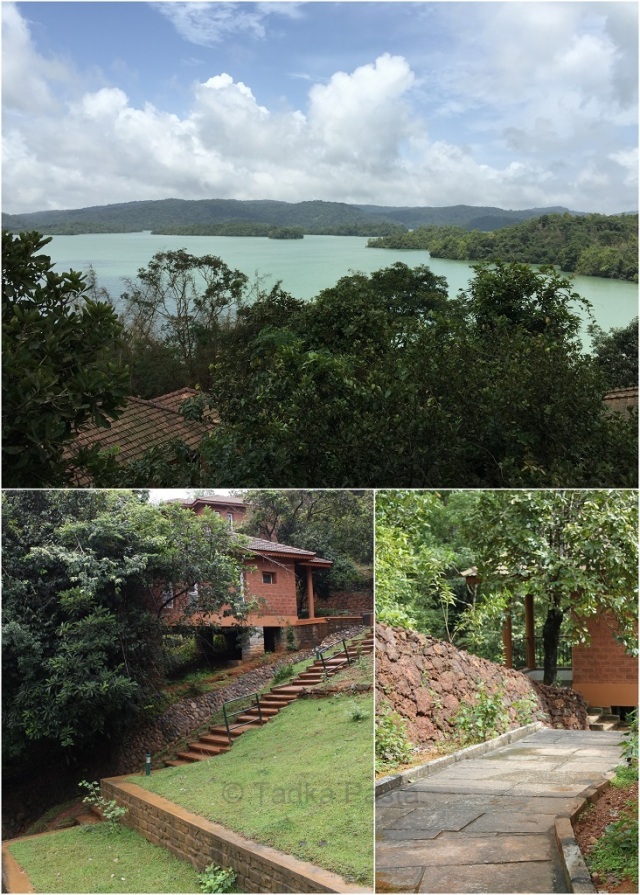
The cottages at the Sharavathi Adventure Camp are cozy and well appointed, and offer excellent views of the cool greens and blues of the reservoir. We loved the spacious balcony which was perfect for bird-watching, relaxing, reading and drinking coffee at all times of the day.
An all-day menu plan with three meals and tea is included in the stay here. Food is pretty average, with a mix of North and South Indian dishes. Breakfast was fresh and we found it to be the best of the meals that they put out. The service and hospitality here was very good..the trekking guide, boatmen, drivers, waiters were all very friendly and obliging.
The resort has its own little marina with a handkerchief sized beach from which you can launch the boat of your choice. Everyone in the family enjoyed kayaking all over the reservoir. We spent a lot of our time doing this and the feeling of total solitude on the calm waters was truly unique and utterly addictive.
Life jackets are a must, of course and they do have a few boatmen who keep an eye on the guests and help with the boats. There are also a couple of paddle boats and a motor boat. A few more water-based adventure activities could well be included to take advantage of the huge water body that they have dibs on.
An 8km walk to a nearby dam rounded off our aqua-centred adventure nicely. This was a fun way to spend the afternoon even though we had to carry umbrellas for those unpredictable rain showers. The guides told us that they take people on longer treks in the summer but the monsoon isn’t the best time for this due to leeches and slippery conditions.
We were looking for that quintessential monsoon getaway where we could enjoy the rains without being stuck indoors all the time, and we definitely found that here..misty walks and kayaking in little drizzles, cozying up with hot pakodas and ginger chai while it was pouring, a comfortable cottage tucked away on a hill and most of all, the awe-inspiring and spectacular panorama of Jog falls.

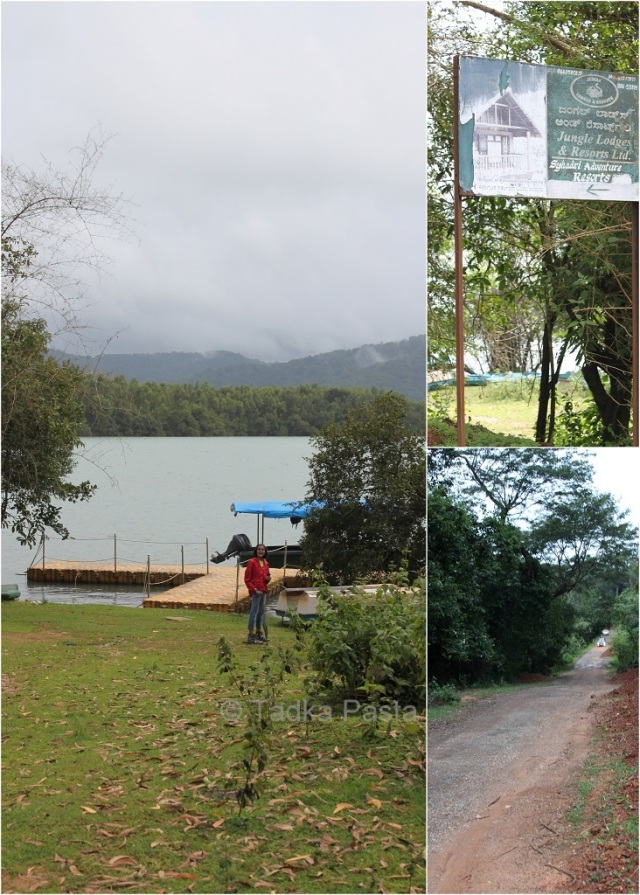

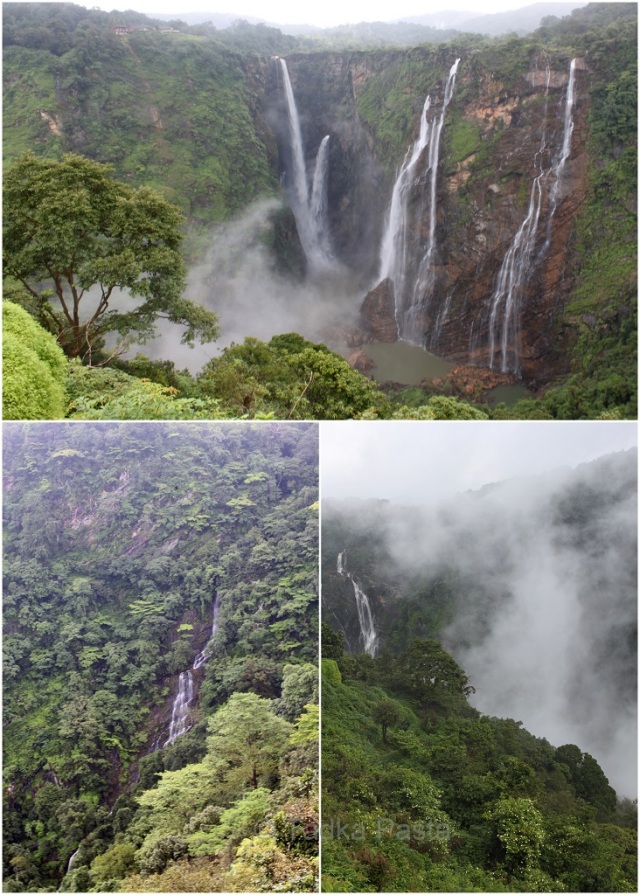
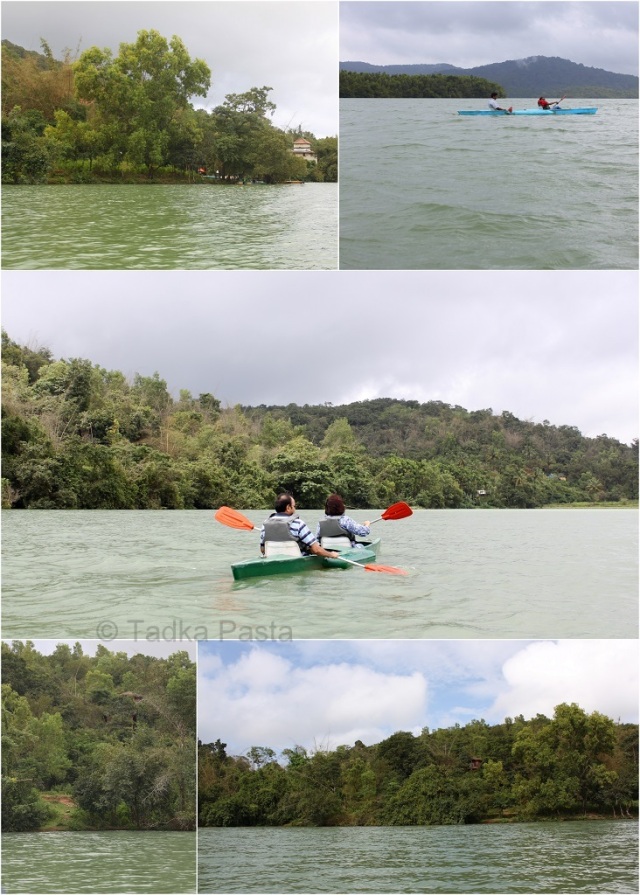
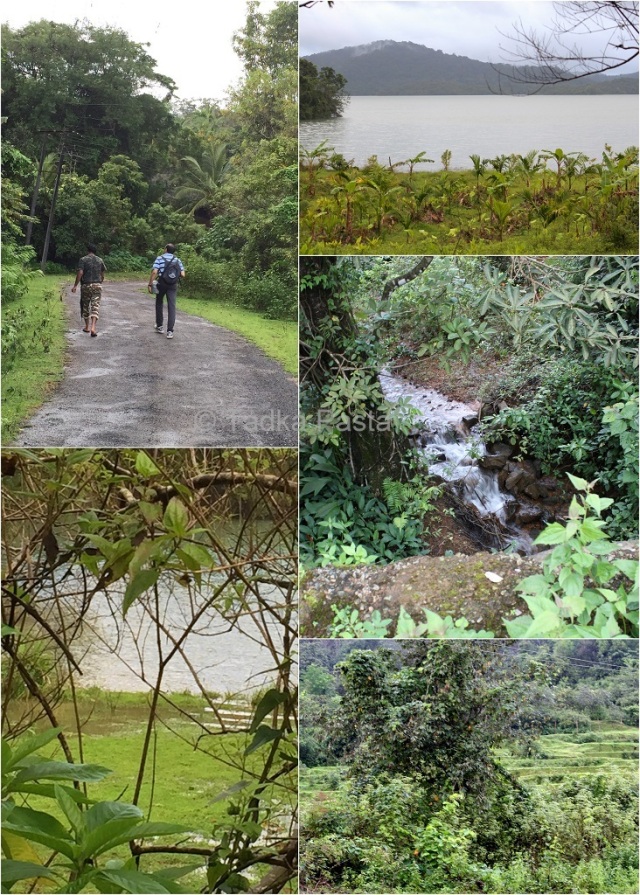
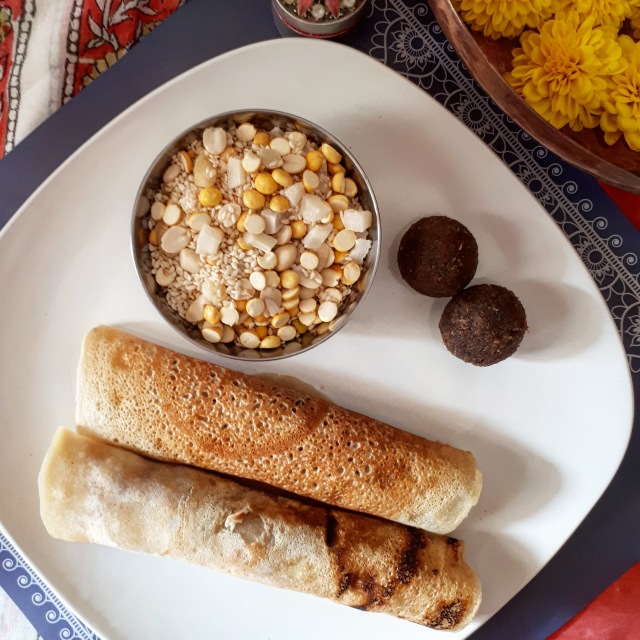
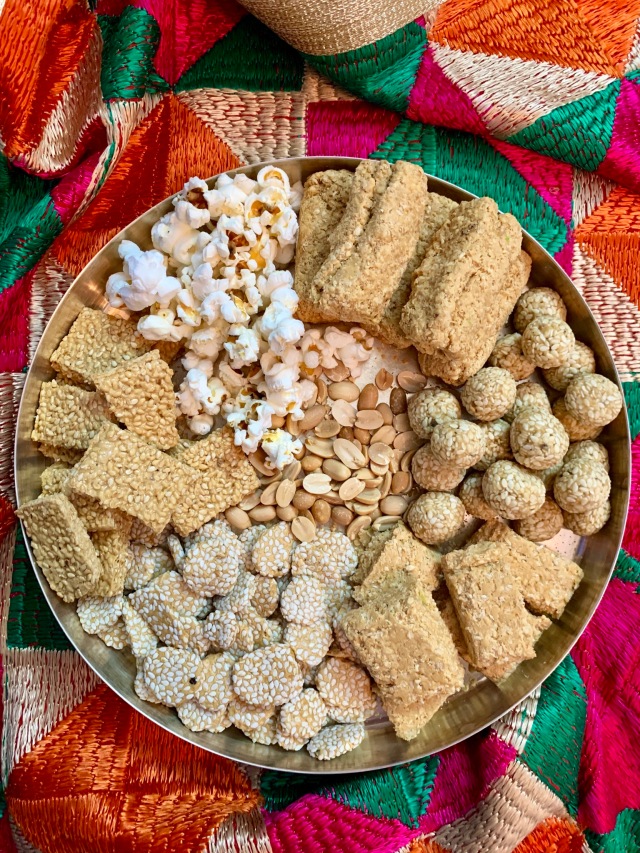
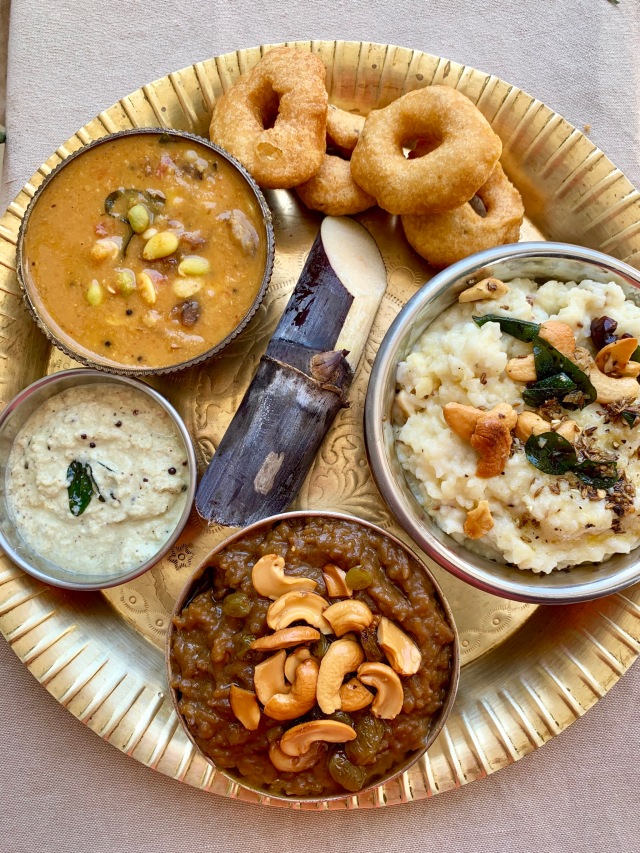
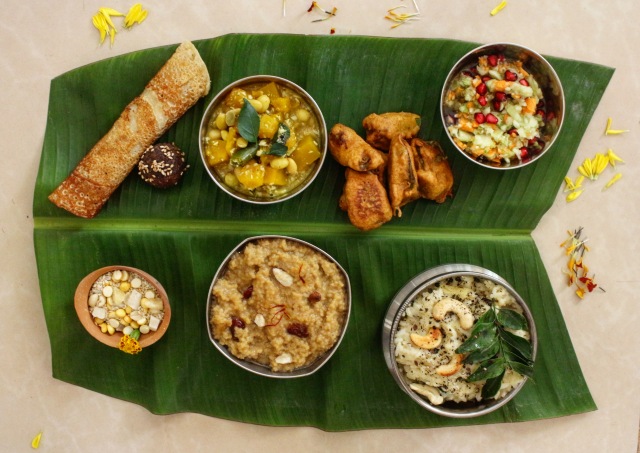
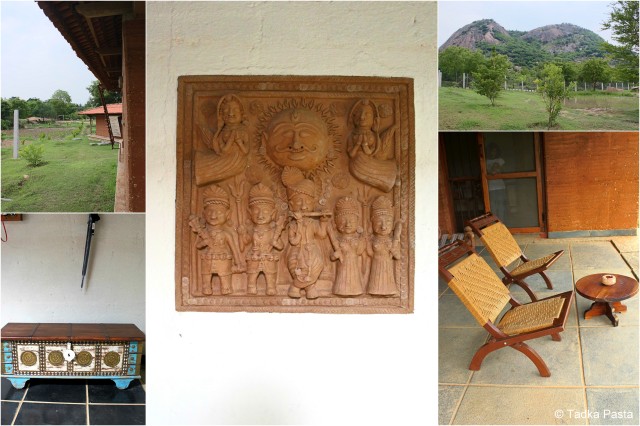
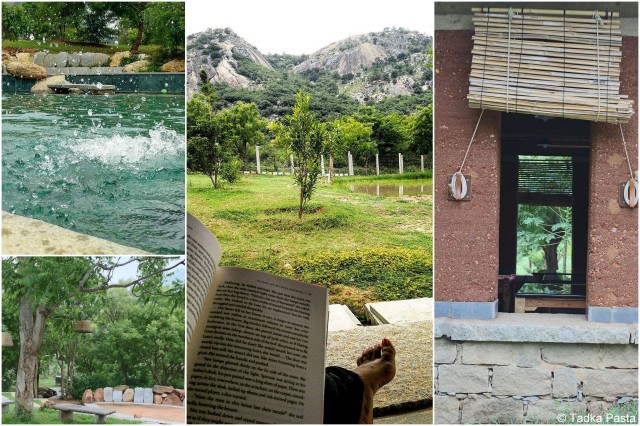
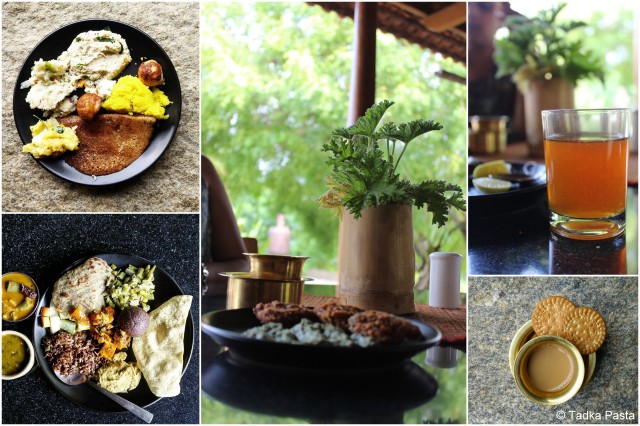
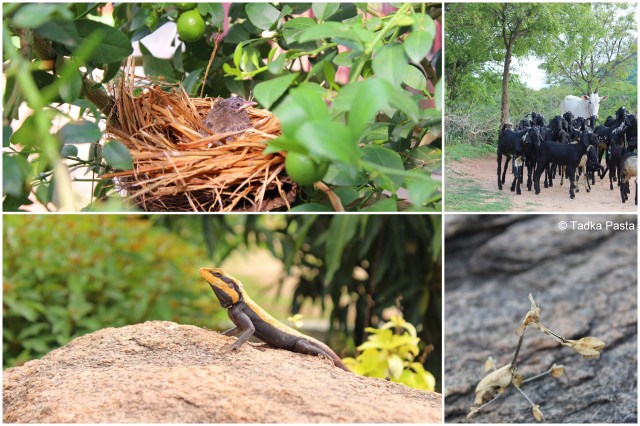
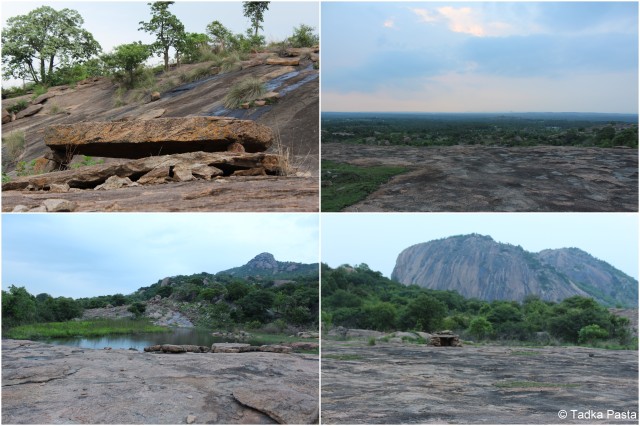
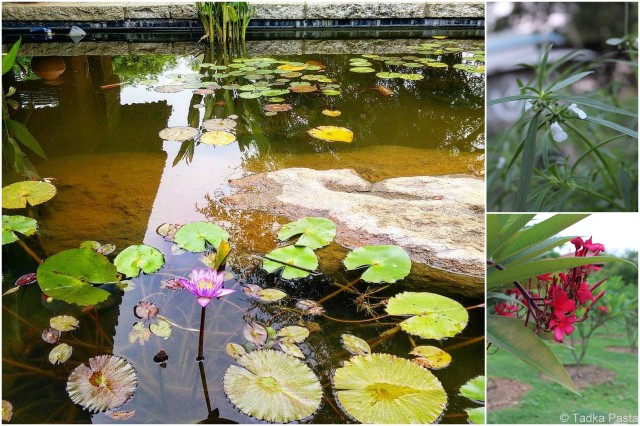



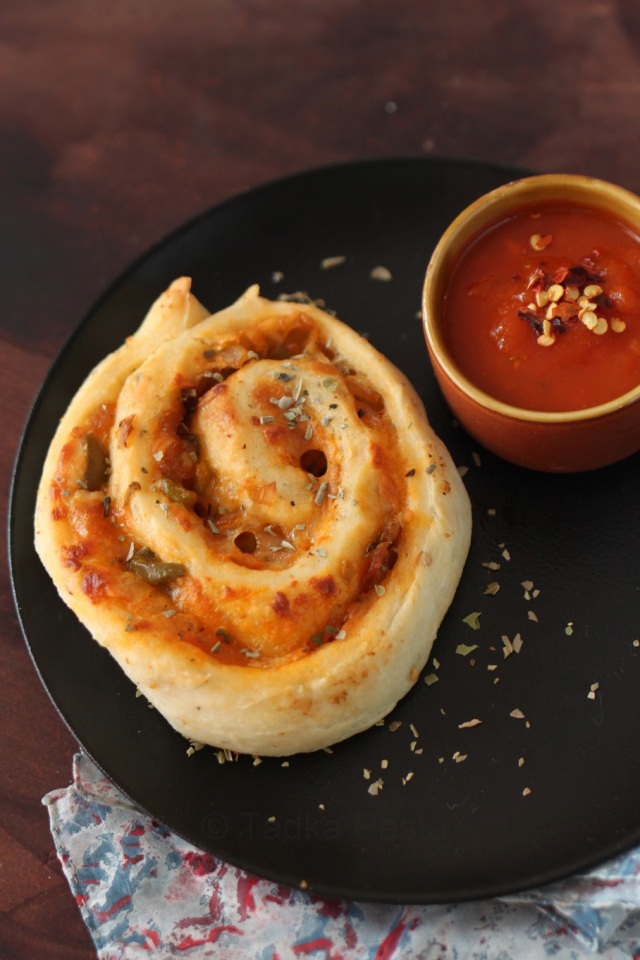
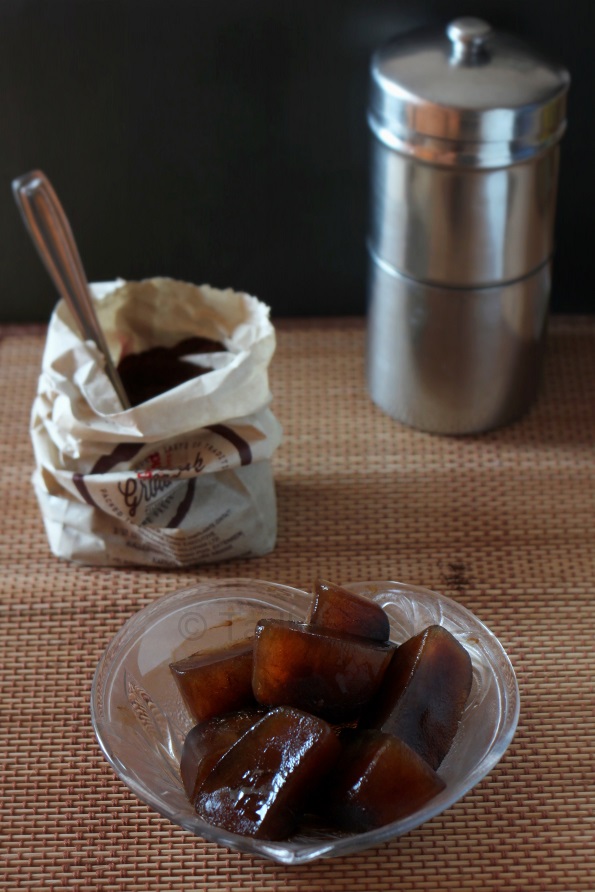
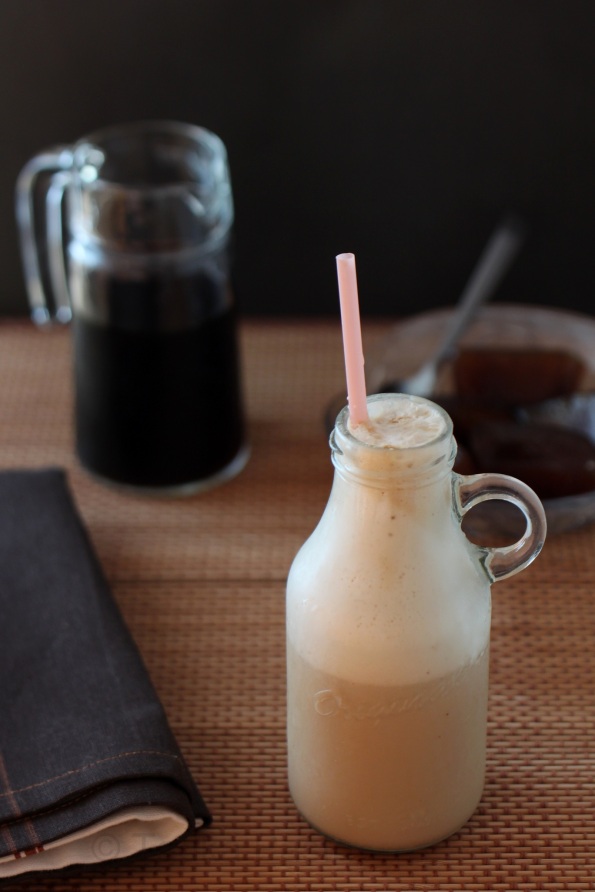
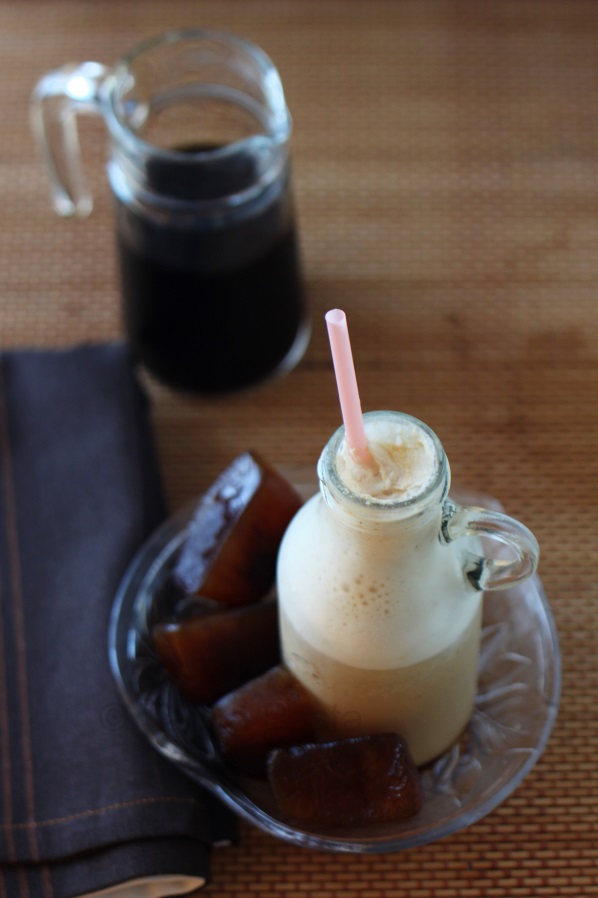
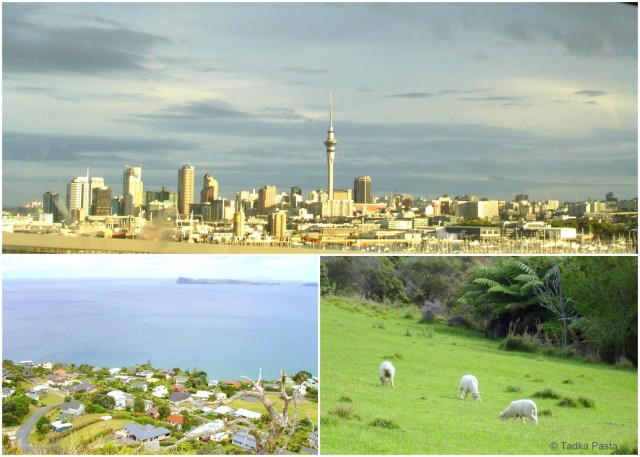
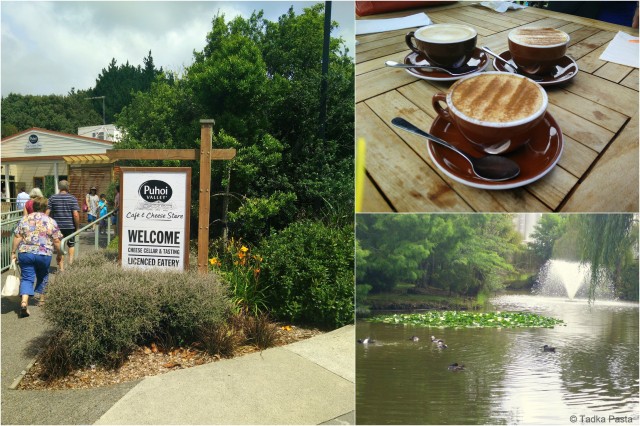
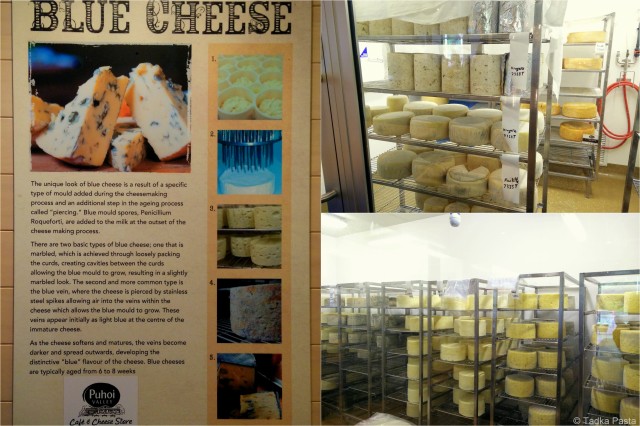
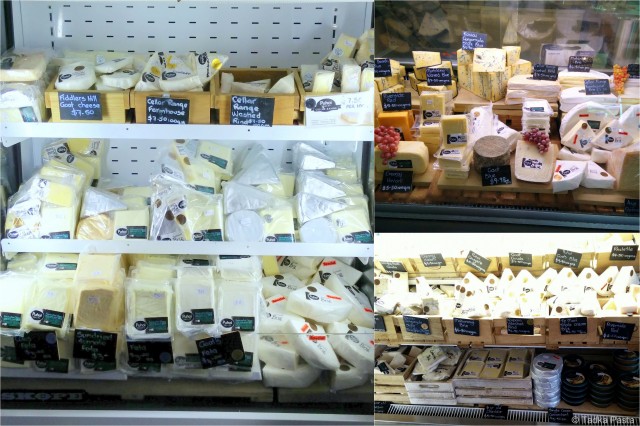
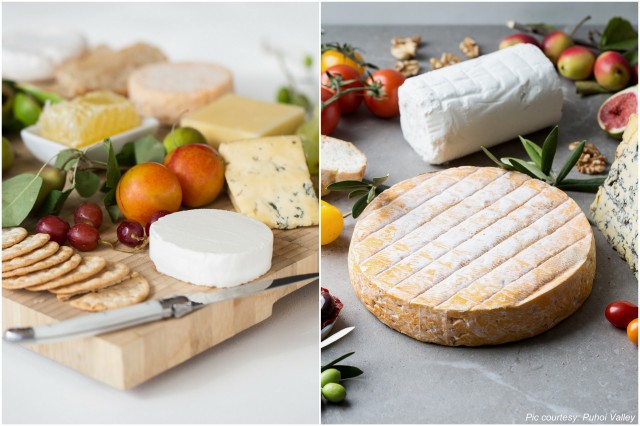
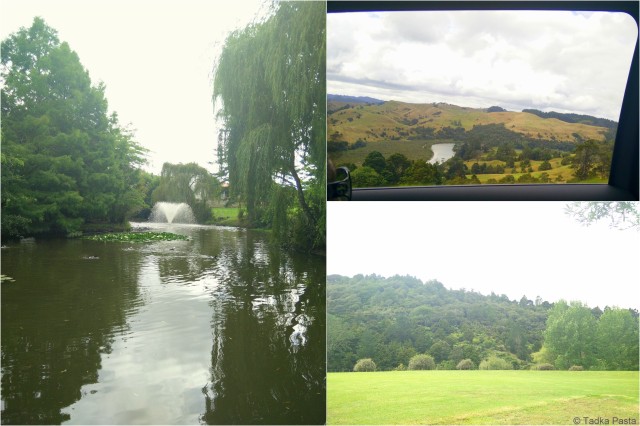
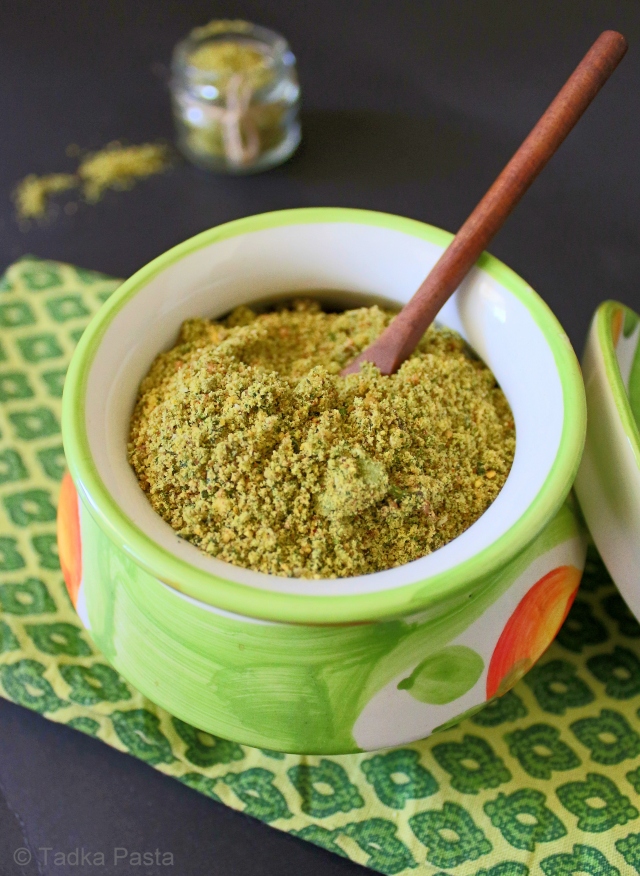
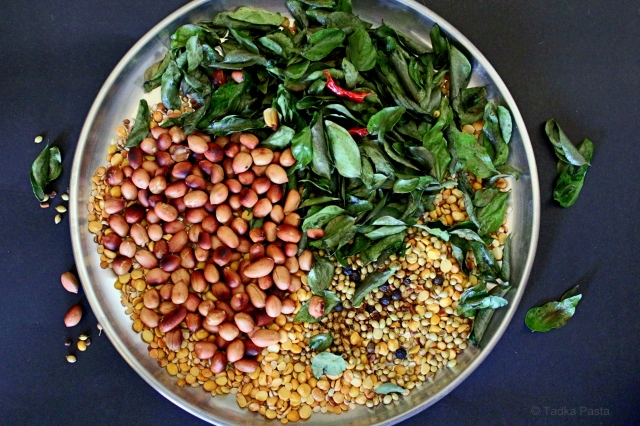
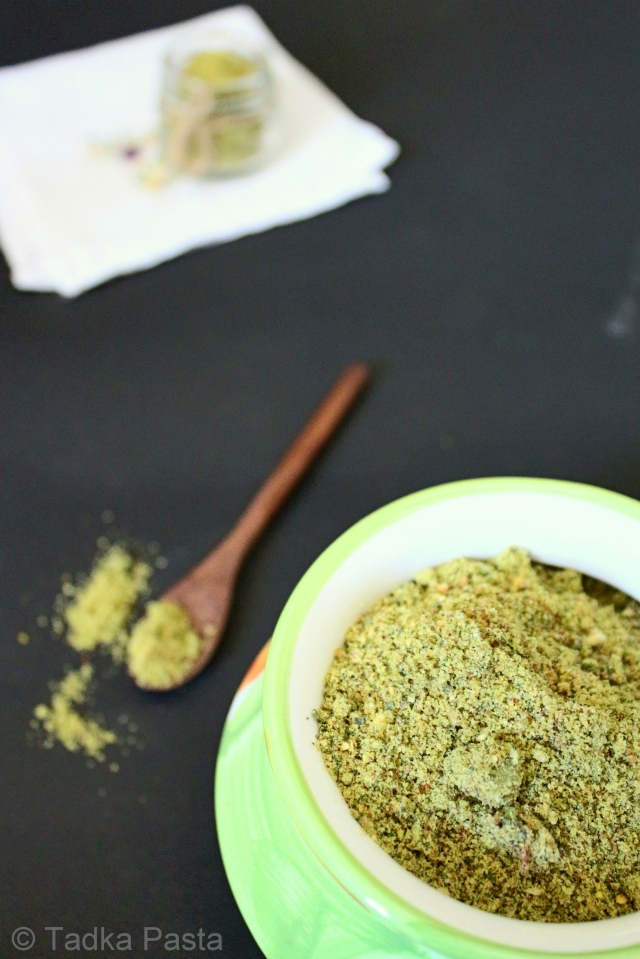
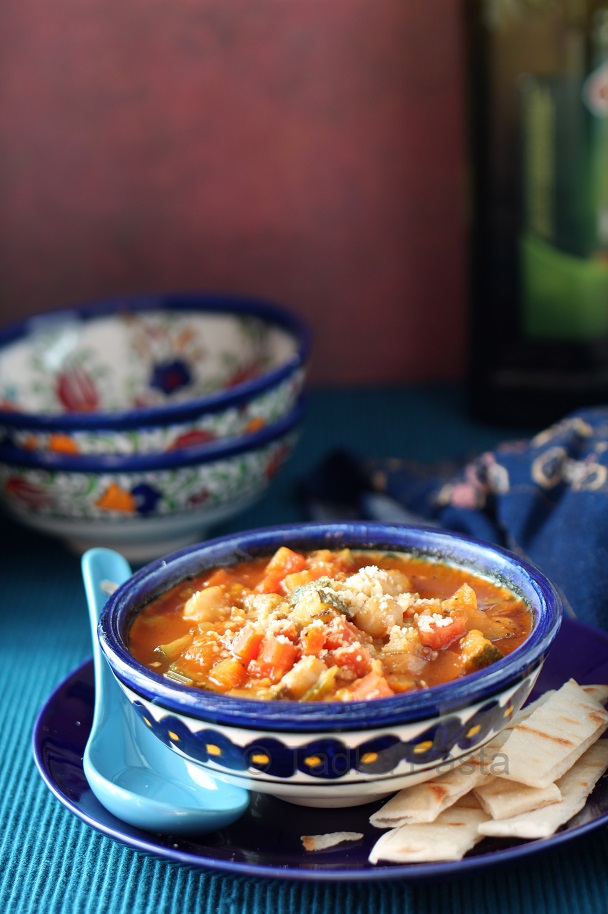
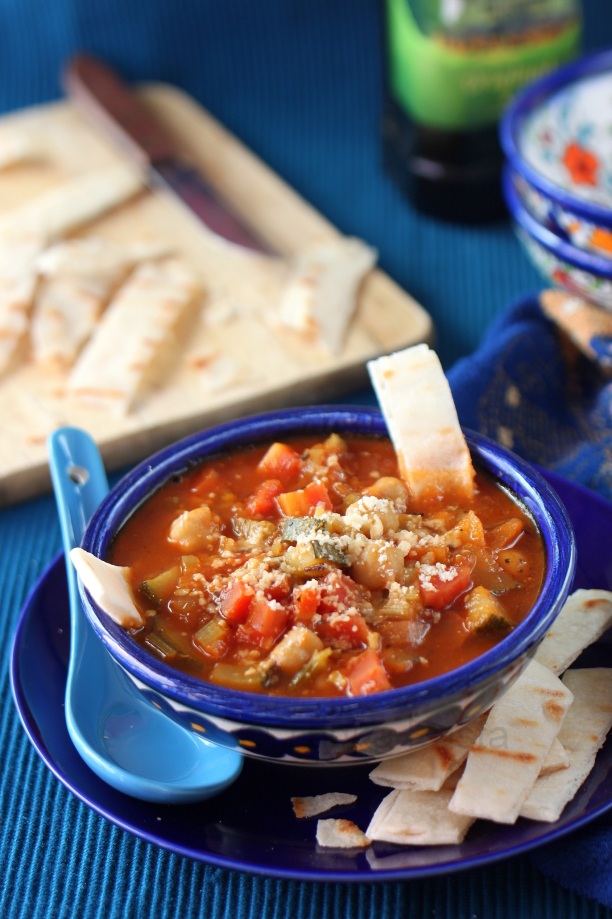
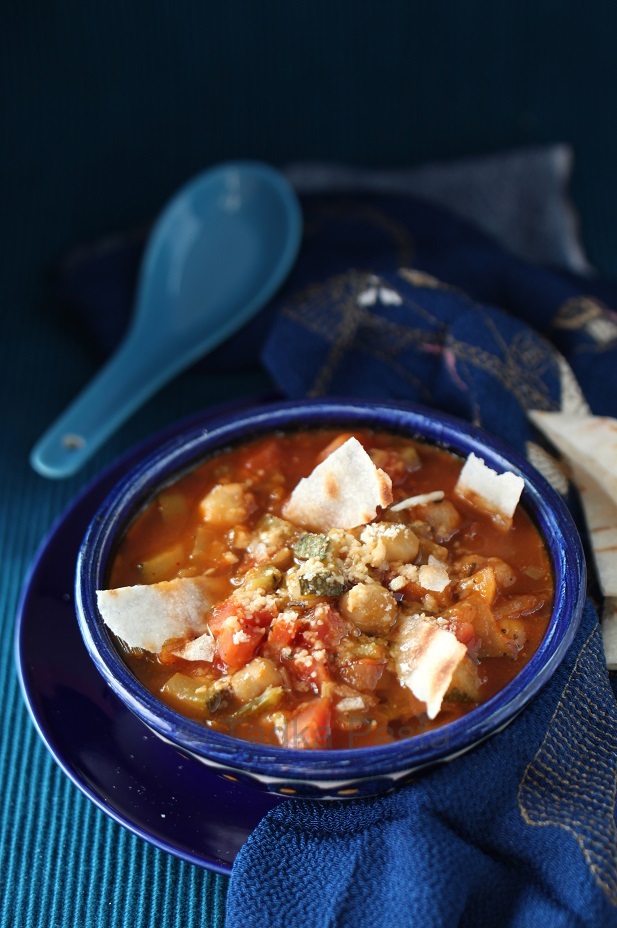
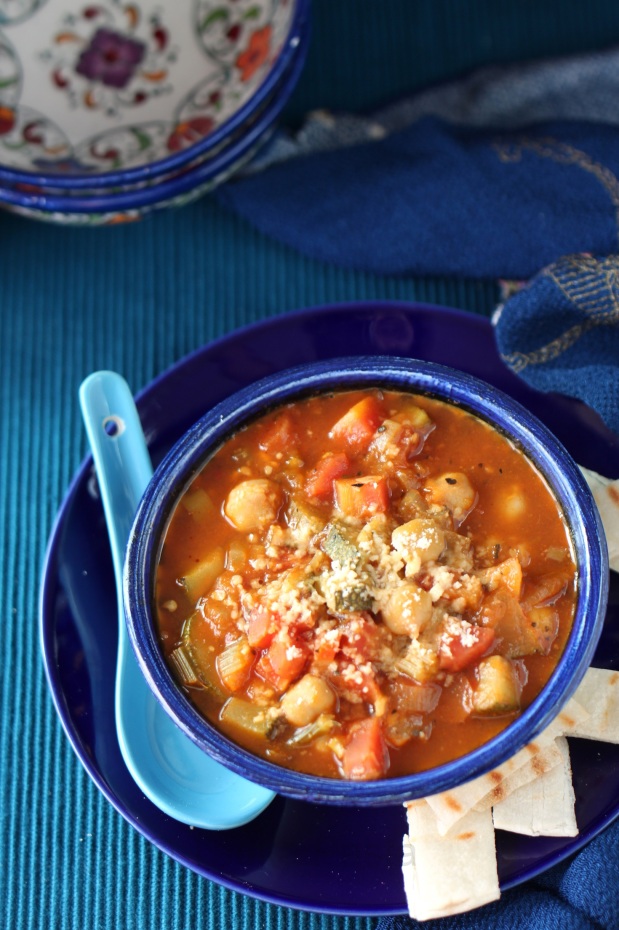
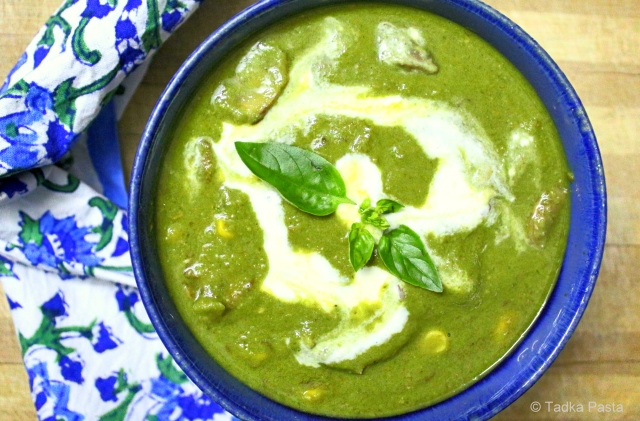 Mushrooms are unique because they absorb a variety of flavours in different recipes. To tone the meatiness down, you can spike up the heat, and balance off with warm spices and the sweetness of garlic, in most recipes. You can pan-fry, roast, grill, or braise them with just a touch of salt and pepper, and use them as a bed for eggy breakfasts, or wholesome one-pot meals like pastas or quiches, or as a substantial filling in sandwiches and wraps.
Mushrooms are unique because they absorb a variety of flavours in different recipes. To tone the meatiness down, you can spike up the heat, and balance off with warm spices and the sweetness of garlic, in most recipes. You can pan-fry, roast, grill, or braise them with just a touch of salt and pepper, and use them as a bed for eggy breakfasts, or wholesome one-pot meals like pastas or quiches, or as a substantial filling in sandwiches and wraps.